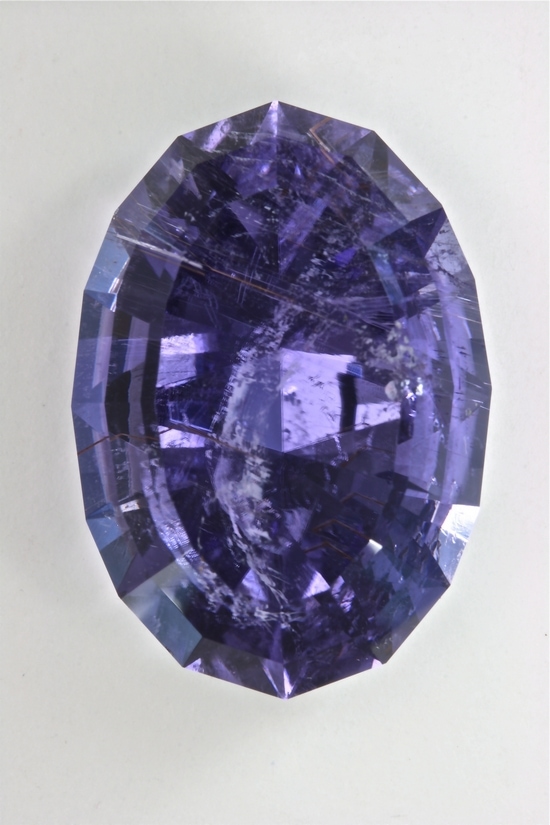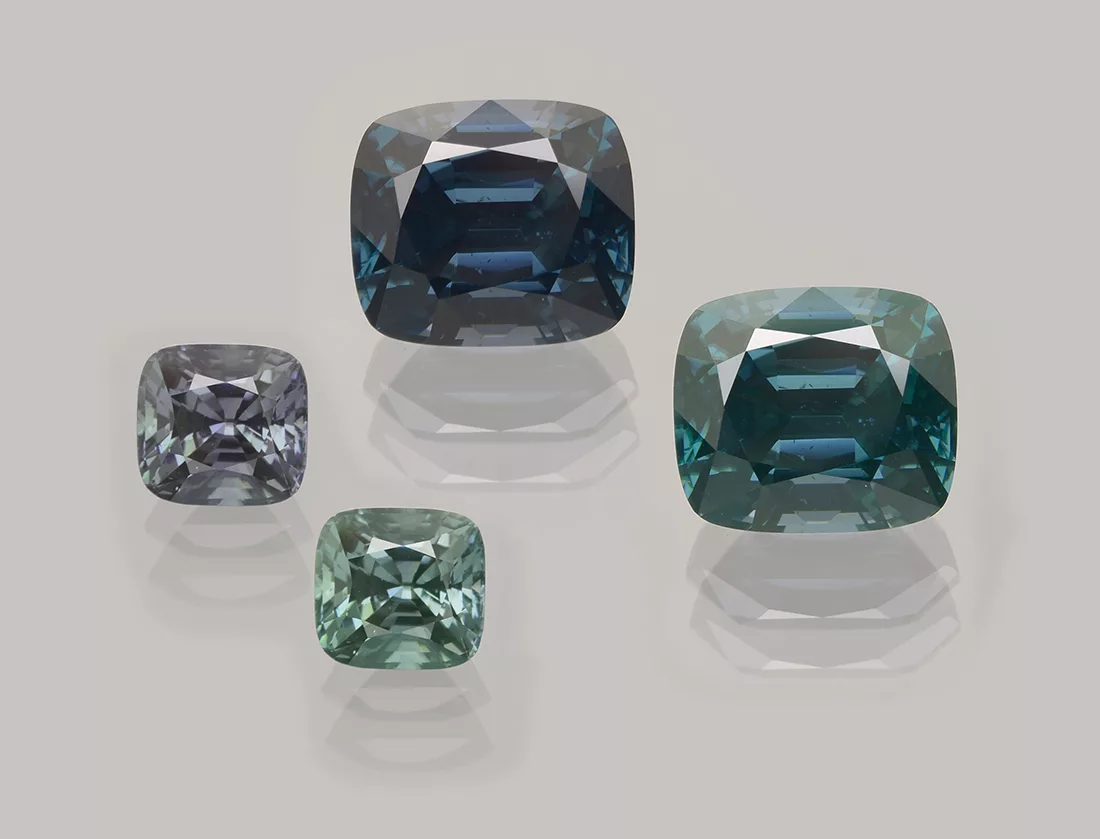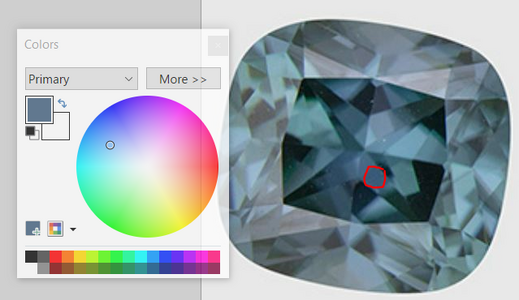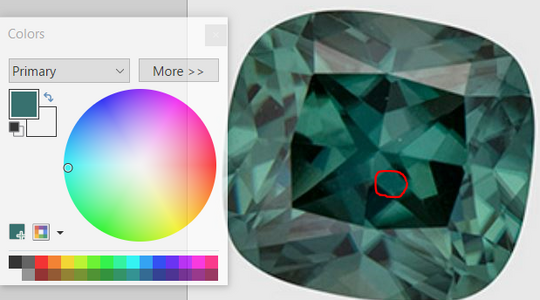- Joined
- Aug 15, 2000
- Messages
- 18,915
Thanks, I guess that makes sense, I think they have some similar chemical properties.IIRC, vanadium can also cause color change. Naturally, it often accompanies chromium, but I believe vanadium tends to be the dominant source of color change in cc garnets and color change lab sapphire.
I've seen pics of sapphires from Mogok and the Umba Valley in Tanzania that change from a green to a reddish colour, very similar to alexandrite. This is due to vanadium.
Sold an Umba last week and that's what prompted the question. It fluoresces pale red in very long wave UV. 405nm
So vanadium also causes fluorescence?
I'm not sure if it does, but it could have traces of chromium in there as well. My recent purchase of tsavorites fluoresce a peachy colour, and I wonder if there's a yellow component from the vanadium, adding to the pink/red from chromium?
Rare-earth elements can also produce colour shift effects too, e.g. bastnäsite which is cerium carbonate with fluorine and shifts colour in different lights.
Sold an Umba last week and that's what prompted the question. It fluoresces pale red in very long wave UV. 405nm
So vanadium also causes fluorescence?
I am pretty interested in that colour changing umba sapphire. I guess more price friendly than alex??

 brucefrytourmaline.com
brucefrytourmaline.com


 www.instagram.com
www.instagram.com

 www.instagram.com
www.instagram.com

 www.instagram.com
www.instagram.com
All these except the ziron would be color shift stones with no hanky panky from trace elements.Two gemstones with a reverse alexandrite color change are
Tourmaline from Mozambique - unheated with bluepurple in daylight and green in incandescent light. Copper and Manganese.

Reverse Alexanderite Color Change Gemstone, Cuprian Tourmaline from Mozambique, Laurellite
Reverse Alexanderite Color Change Gemstone, Cuprian Tourmaline from Mozambique, Laurellite -brucefrytourmaline.com
Zircon from Mogok (Myanmar) - heated with HREE. Again purple in daylight and green in incandescent light.

Colour-Changing Zircon - SSEF
by Dr. M.S. Krzemnicki, first published in Facette 20 (January 2013) After studying and describing colour-changing bastnäsite in the 2012 Facette (Herzog 2011 & Herzog 2012), we have this year focussed research on colour-changing zircon from Burma in collaboration with Mr. O. Waldis, who kindly...www.ssef.ch

Marlow on Instagram: "Incandescent light... #collectorgems #zircon #alexandrite #gemology #raregems #colorchangegems #colorchangezircon"
52 likes, 4 comments - marlowgems0711 on April 21, 2018: "Incandescent light... #collectorgems #zircon #alexandrite #gemology #raregems #colorchangegems #colorchangezircon".www.instagram.com

Marlow on Instagram: "Zircon with reverse color change next to an alexandrite. Daylight color. REE are responsible for this CC. #alexandrite #raregems #zircon #gemology #colorchangegems #collectorgems"
24 likes, 0 comments - marlowgems0711 on April 21, 2018: "Zircon with reverse color change next to an alexandrite. Daylight color. REE are responsible for this CC. #alexandrite #raregems #zircon #gemology #colorchangegems #collectorgems".www.instagram.com
The tourmalines are extremely rare - never seen one live.
The RCC Zircon are rare and quite expensive compared the other Zircon varieties.
Alexandrite is green in daylight - the RCC Zircon and the tourmaline is green in incandescent light. It is an reverse color change.
Zircon with Unusual Color-Change Behavior
Different types of illumination produce marked variation in color in a cushion-cut zircon.www.gia.edu


Maybe you contact Dr. Palke (GIA) for further informations.